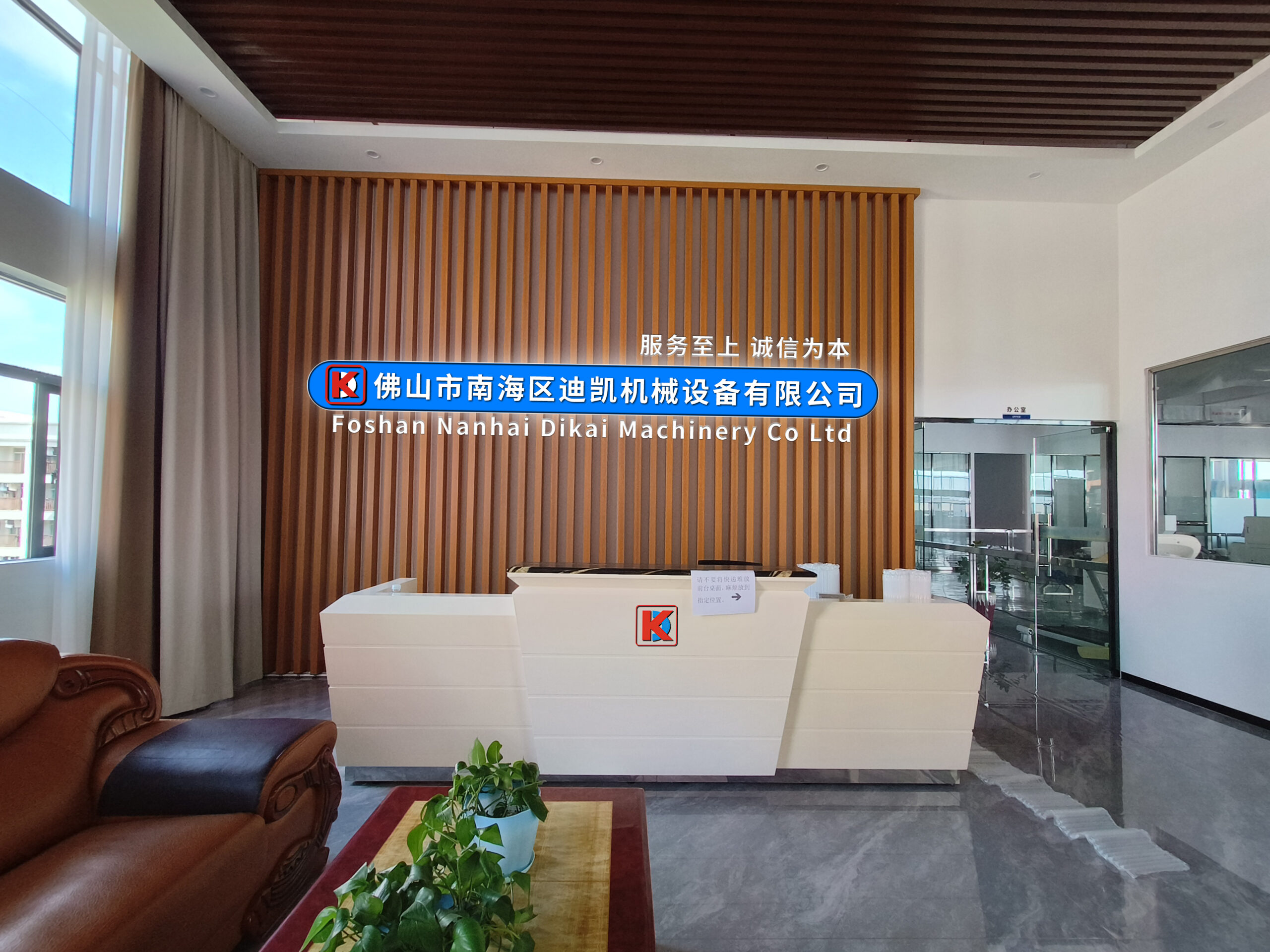
The Sweet Industrial Revolution: Civilizational Codes in Candy Wrapping Machines
In the glass display cases of Venice’s St. Mark’s Square, master confectioners once wrapped candies in gold leaf using silver molds—a scene that endured for five centuries before fading into the tides of industrial civilization. When the first steam-powered candy wrapping machine debuted at the 1897 World’s Fair, humanity’s relationship with sweetness underwent a fundamental transformation. This roaring metal apparatus not only rewrote the history of candy packaging but also reflected the trajectory of industrial modernity reshaping daily life.
By the late 19th century, packaging consumed 60% of production costs in candy workshops. Archives from London’s Bethnal Green district reveal skilled female workers folding 4,000 paper-wrapped candies daily, their scarred fingertips dancing endlessly across waxed paper like mechanical marionettes. This changed in 1903 when German engineer Karl Friedrich invented the continuous wrapping machine. Its brass gears and cam mechanisms formed a precise transmission system, boosting packaging efficiency to 300 candies per minute. The replacement of craftsmanship by machinery echoed the steam hammer shattering a medieval anvil.
Modern candy wrappers have evolved into sophisticated opto-electromechanical systems. In a Shanghai smart factory, trichromatic vision sensors capture candy positions at 200 frames per second, while six-axis robotic arms achieve 0.02-millimeter positioning accuracy. More astonishing are self-learning packaging systems that employ deep learning algorithms to recognize 12 irregular candy shapes, generating optimal wrapping solutions in 0.3 seconds. Such innovations have transformed months-long artisan training into replicable industrial modules.
Packaging revolutions have redefined candy’s cultural identity. Japan’s Morinaga & Company launched its Memory Candy series, embedding unique QR codes on wrappers that play 1950s radio ads when scanned—transforming sweets from mere flavor carriers into emotional vessels. Breakthroughs in biodegradable materials further redefine sustainability: Brazilian researchers developed cassava starch-based wrapping films that preserve freshness for 12 months yet decompose fully in 60 days.
From artisanal workshops to smart factories, the evolution of candy wrappers mirrors modernity’s condensed saga. Each time we unwrap a candy, the act encapsulates three centuries of mechanical innovation, material science, and digital intelligence. Future machines may integrate biotechnology and digital interfaces, yet humanity’s pursuit of sweetness remains eternal—a drive that fuels progress and shapes civilizations. In balancing mechanization with human touch, we inch closer to crafting this era’s perfect sweetness equation.




